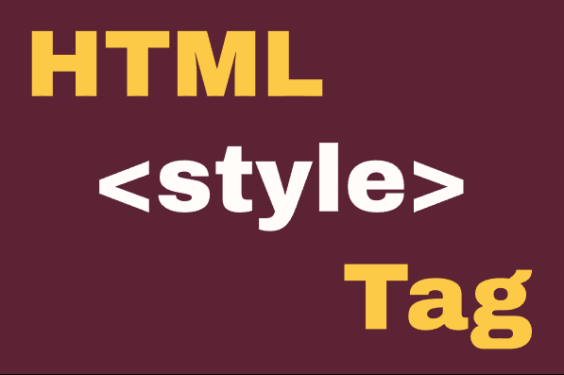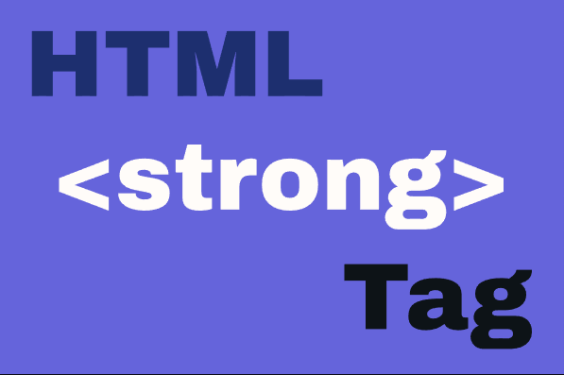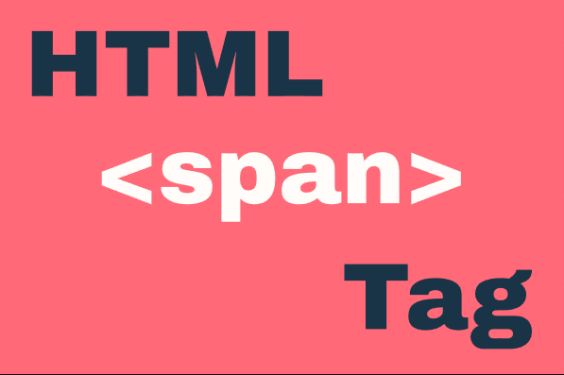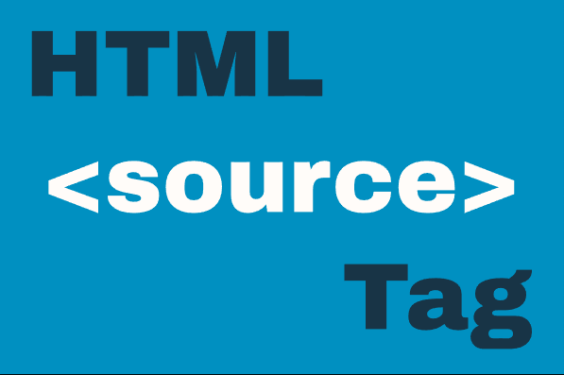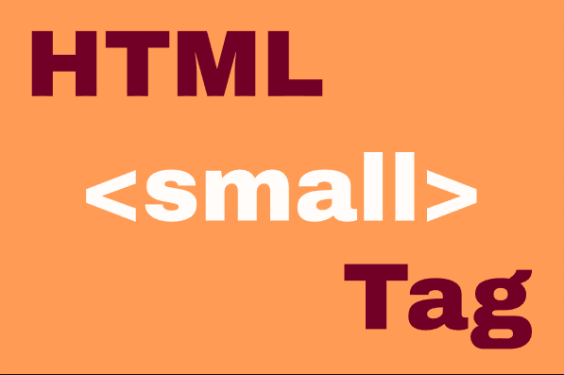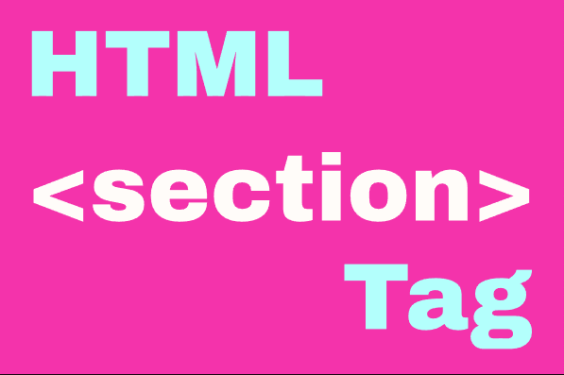HTML <fieldset> Element
Publish in HTML Tutorial el 23/05/2025 23:07
The <fieldset> element is used to group related form controls together, creating a visual and semantic connection between them. It's particularly useful for long forms that need to be organized into logical sections. When combined with the <legend> element, it provides a visible caption for the grouped elements.

Key features of <fieldset>:
- Creates a box around grouped form elements
- Improves form accessibility by providing context
- Can be styled with CSS for better visual presentation
- Works well with screen readers when properly labeled
- Can be disabled to disable all contained form controls
Basic Syntax
Examples of <fieldset> Usage
Example 1: Basic Fieldset with Legend
This shows the most fundamental usage of fieldset with a legend.
Example 2: Styled Fieldset
This example demonstrates how to style a fieldset with CSS.
Example 3: Disabled Fieldset
Shows how to disable all controls within a fieldset by disabling the fieldset itself.
Example 4: Fieldset with JavaScript Toggle
This example uses JavaScript to toggle the disabled state of a fieldset.
Example 5: Nested Fieldsets
Demonstrates how fieldsets can be nested for complex form organization.
Tips and Tricks
- Accessibility: Always use a <legend> element to describe the group of form controls.
- Styling: You can remove the default border with
border: none;and create custom borders. - Flexbox/Grid: Fieldsets can be used as flex or grid containers for modern layouts.
- JavaScript: Use the disabled property to enable/disable entire sections of a form.
- Validation: Group related validation messages within the same fieldset for better user experience.
Browser Support
The <fieldset> element is supported by all modern browsers and has excellent support even in older browsers. The only notable issue is that some older versions of Internet Explorer had quirky behavior with fieldset positioning and sizing, but these issues are largely irrelevant today.
